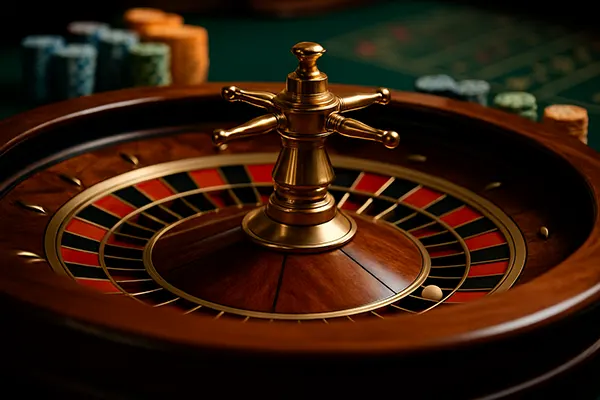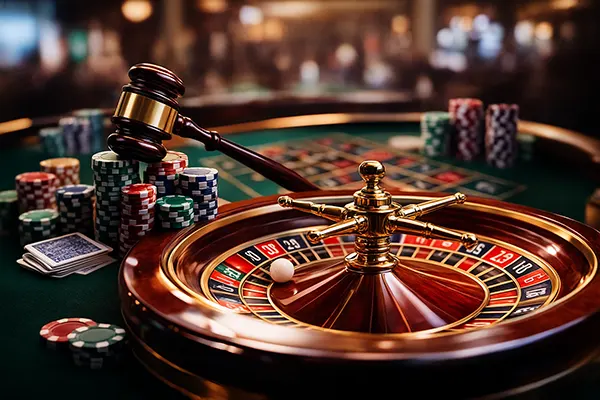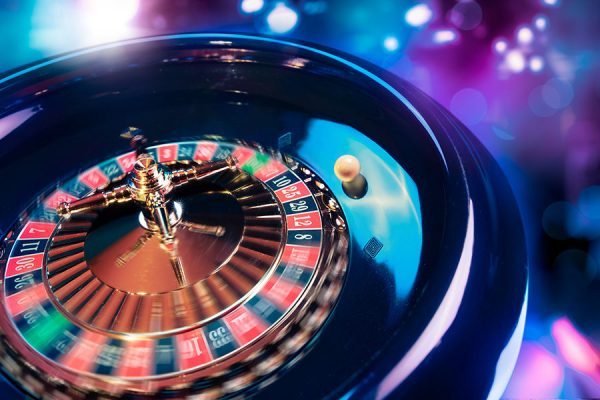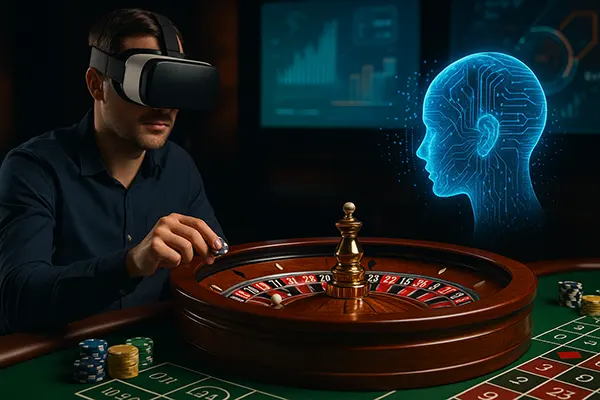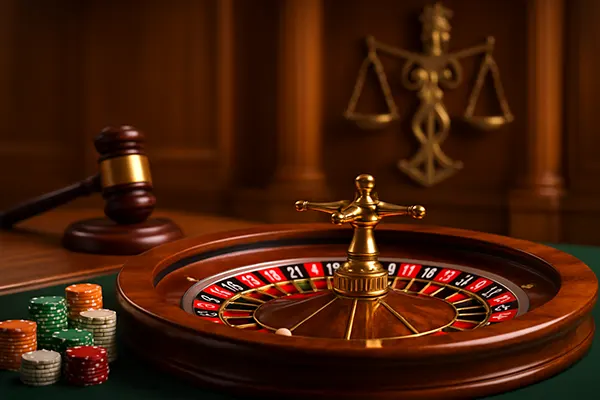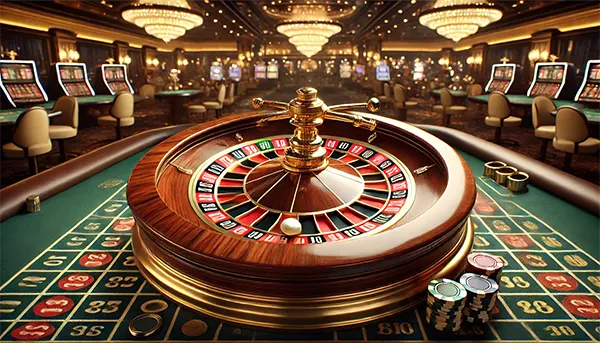
How Roulette Wheel Design Affects Winning Probabilities
Roulette has fascinated players for centuries, but few realise how much the physical design of the wheel can impact their chances of winning. While it may seem like a game of pure luck, certain factors—such as wheel imperfections, differences between online and live roulette wheels, and historical cases of biased wheels—can affect the probabilities. This article explores these factors and examines how casinos respond to potential design flaws.
Can Micro-Defects on a Real Wheel Affect the Outcome?
Despite stringent manufacturing standards, no physical roulette wheel is 100% perfect. Small inconsistencies—such as uneven frets, biased number pockets, or slight tilts—can subtly influence ball movement. These micro-defects might not be obvious to casual players, but professional gamblers and casino analysts have identified and exploited them in the past.
One of the most common defects is a wheel tilt. Even a slight incline can cause the ball to favour certain sectors, creating a statistical bias. In high-stakes environments, casinos conduct regular maintenance to level their wheels, but minor deviations can still persist, leading to non-random outcomes.
Manufacturers strive to eliminate bias by using high-precision engineering techniques, but with constant wear and tear, even the best-maintained wheels develop imperfections over time. In extreme cases, these flaws can become significant enough to be exploited by skilled players.
Famous Cases of Players Exploiting Biased Wheels
Several legendary gamblers have taken advantage of imperfect roulette wheels to gain an edge. One of the most famous cases involved Joseph Jagger in the 19th century, who noticed a bias in a Monte Carlo casino wheel. By tracking thousands of spins, he identified numbers that appeared more frequently and used this information to win a small fortune.
In the 1990s, a group of professional players led by Gonzalo García-Pelayo studied roulette wheel biases in Spanish casinos. By analysing past results, they determined that certain numbers were hitting more frequently due to wheel imperfections. Using statistical models, they developed a betting strategy that allowed them to consistently win large sums before being banned from multiple casinos.
These cases illustrate how real-world factors can affect a game that is theoretically random. Although modern casinos implement stringent checks, no mechanical system is entirely flawless.
Comparing Roulette Wheels in Different Casinos
The difference between live roulette and online roulette wheels is more significant than many players realise. In brick-and-mortar casinos, every wheel is a physical object subject to real-world imperfections, maintenance schedules, and potential biases. Online roulette, on the other hand, operates on a Random Number Generator (RNG) that eliminates physical wear and tear.
Live casino wheels, even if perfectly maintained, are influenced by human factors. The dealer’s spin speed, ball release technique, and wheel conditions can all introduce slight patterns. Casinos take measures to ensure fairness, such as rotating wheels regularly and replacing old ones.
Online roulette offers a different dynamic. Because the outcomes are determined by software algorithms, there are no physical defects to exploit. However, this also means that the experience lacks the unpredictability of live casino play, making it impossible for players to find advantages through observation.
Casino Strategies to Prevent Bias Exploitation
Casinos are well aware that imperfections in their roulette wheels can create biases, and they employ several strategies to prevent exploitation. The most common method is regular maintenance and calibration. Technicians frequently inspect wheels for wear, ensuring that no biases develop over time.
Another approach is the rotation of wheels and dealers. Many high-end casinos change their wheels periodically and swap tables between different areas. This practice disrupts any patterns that advantage players might identify through long-term observation.
Finally, casinos actively monitor betting patterns. If they detect players consistently betting on specific numbers with unusually high accuracy, they investigate the possibility of bias. In extreme cases, suspected biased wheels are replaced to maintain fairness.
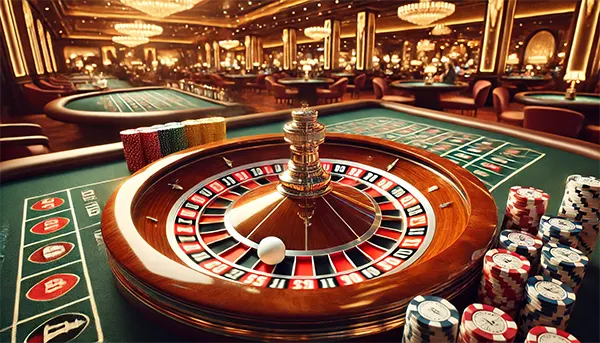
The Role of Technology in Modern Roulette Fairness
Advancements in technology have significantly improved the fairness of roulette. Many casinos now use laser-based wheel monitoring systems to track ball movement and detect potential biases. These systems analyse thousands of spins to ensure that no patterns emerge.
Smart sensors and real-time analytics provide additional layers of security. If a wheel shows even a slight deviation from expected randomness, casino staff can take corrective action before players can exploit it. This technology has made it much harder for professionals to gain an edge through mechanical flaws.
Despite these improvements, roulette remains a game where perception of fairness is crucial. Casinos that fail to maintain unbiased wheels risk losing player trust, which is why constant surveillance and upgrades are now industry standards.
Future Trends in Roulette Wheel Design
Looking ahead, roulette wheel design is likely to continue evolving to ensure greater fairness. Some manufacturers are exploring self-adjusting wheels with internal balancing mechanisms that automatically correct minor deviations. This could eliminate the need for manual maintenance while ensuring consistent randomness.
Another emerging trend is the use of artificial intelligence to monitor gameplay. AI can detect unusual betting behaviours and compare them with historical data to identify potential issues before they become problematic. This proactive approach could make it nearly impossible for players to exploit roulette wheels.
Ultimately, while roulette will always be a game of chance, technological advancements will continue to refine its fairness. Players who hope to find patterns in modern wheels will face an increasingly difficult challenge as casinos enhance their detection and prevention techniques.

